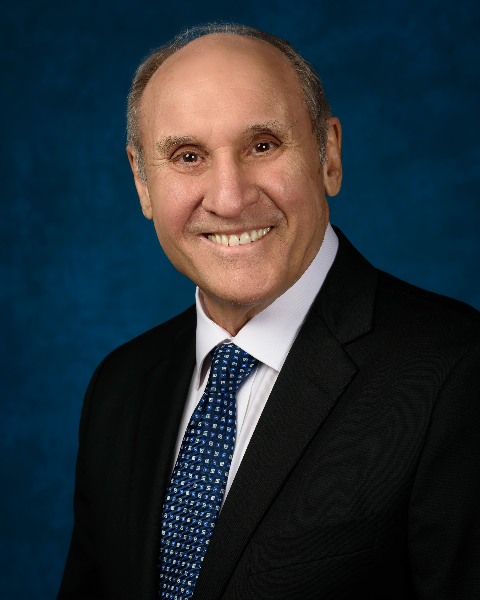Back
Transforming Patient Care
B4: An In-Home Patient Care and Family Engagement Model
Monday, October 23, 2023
9:15 AM - 10:15 AM CDT
Location: 205ABC

Dennis P.H Mihale, MD, MBA, CHCQM (he/him/his)
CEO and CMO Chelsea Management Group
Assistant Professor at University of South Florida Medical School
Speaker(s)
Eligible for: ACMPE: 1 | ACHE: 1 | CEU: 1 | CME(AAPC*): 1 | CPE: 1.2 | PDC: 1
Intermediate | Traditional | Application
This session will introduce an in-home patient and family engagement model deployed in five states that uses integrated telehealth delivery to serve patients with complex needs in their homes and community. The model integrates multidisciplinary providers, community resources, and partners with health plans and other risk-bearing entities to address the unique needs of the most high-risk, high-need patients. Using a unique, in-home, community-based approach to meet whole-person needs, we facilitate and deliver care that improves outcomes and the quality of life for all patients we serve; diagnose, treat and prescribe anywhere our patients call home; reduce barriers to care such as long delays due to scheduling; and see patients when they need us, for as much time as they need. Beyond medical supports, we also assist our patients and families with challenges that may affect health, such as food insecurity, social isolation, housing needs, transportation, and mental health and substance use, addressing many identified social determinants of health (SDoH). In this session, we will outline the type of care delivered and facilitated in the home, the available clinical and medical device resources, the types of community resources leveraged to support care and a list of SDoH.
Intermediate | Traditional | Application
This session will introduce an in-home patient and family engagement model deployed in five states that uses integrated telehealth delivery to serve patients with complex needs in their homes and community. The model integrates multidisciplinary providers, community resources, and partners with health plans and other risk-bearing entities to address the unique needs of the most high-risk, high-need patients. Using a unique, in-home, community-based approach to meet whole-person needs, we facilitate and deliver care that improves outcomes and the quality of life for all patients we serve; diagnose, treat and prescribe anywhere our patients call home; reduce barriers to care such as long delays due to scheduling; and see patients when they need us, for as much time as they need. Beyond medical supports, we also assist our patients and families with challenges that may affect health, such as food insecurity, social isolation, housing needs, transportation, and mental health and substance use, addressing many identified social determinants of health (SDoH). In this session, we will outline the type of care delivered and facilitated in the home, the available clinical and medical device resources, the types of community resources leveraged to support care and a list of SDoH.
Learning Objectives:
- Discover how in-home and facilitated virtual care improves outcomes and patient satisfaction
- Report the impact of SDoH and behavioral health on chronic medical conditions
- Employ strategies than can reduce ED visits by 35% and admissions by 30%, reducing the total cost of care
